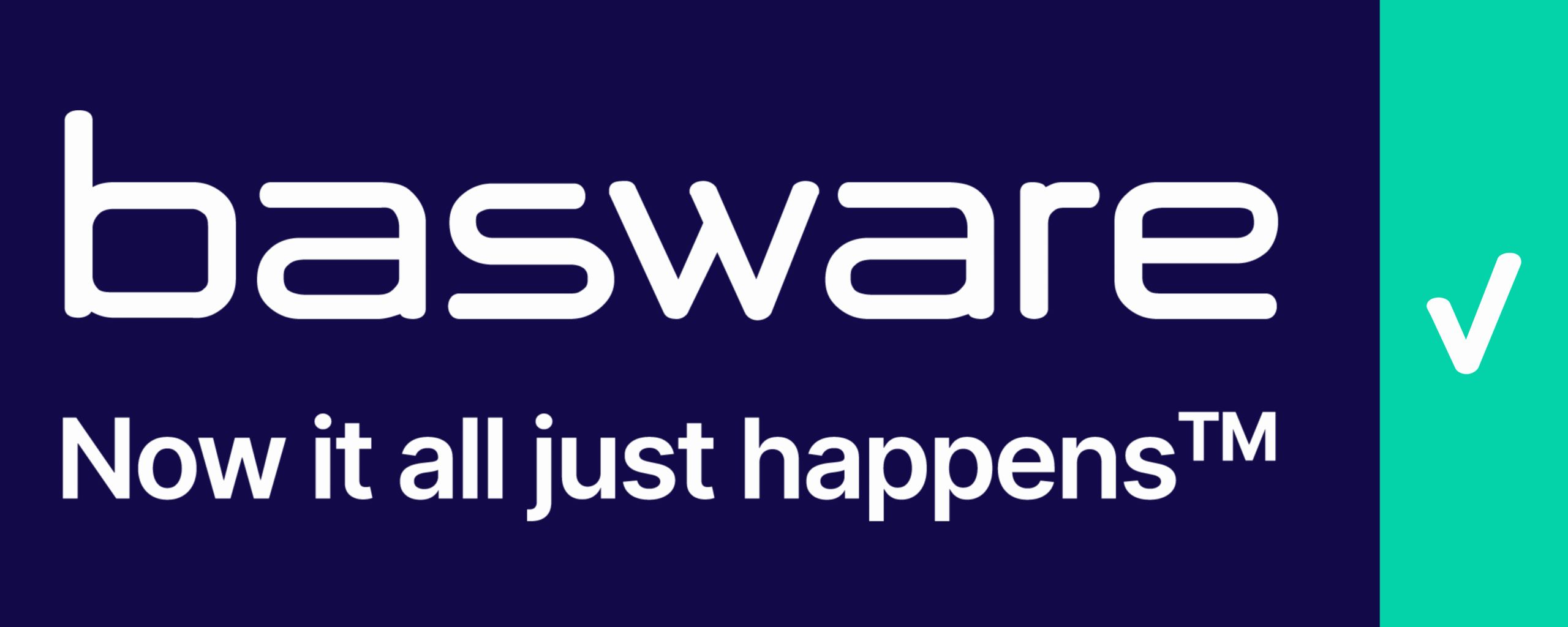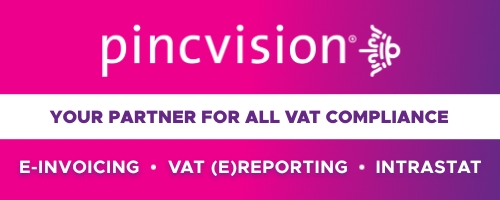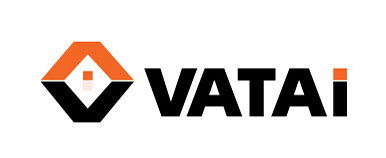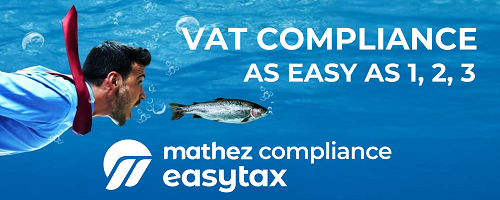- The grace period for the RO e-TVA system ended on July 1, 2025, requiring taxpayers to respond promptly to e-TVA notifications to avoid fiscal risk or fines.
- RO e-TVA is a national system that reconstructs VAT returns using nine data sources reported by taxpayers.
- After July 1, any significant difference between the taxpayer’s return and the pre-filled one by ANAF must be explained to avoid affecting the fiscal risk indicator.
- ANAF sends three types of notifications: e-TVA notifications for discrepancies, compliance notifications for fiscal risk behaviors, and requests for qualitative information.
- Taxpayers should verify data from e-TVA sources and perform consistency checks to identify discrepancies, making this process automated due to data complexity and short response times.
Source: blog.pwc.ro
Note that this post was (partially) written with the help of AI. It is always useful to review the original source material, and where needed to obtain (local) advice from a specialist.
Latest Posts in "Romania"
- Playing Music Without Required License Is a Taxable Service, Says Advocate General
- Romania Intensifies 2025 Tax Audits with Digital Tools, E-Invoicing, and Stricter Compliance Measures
- General Court T-643/24 (Credidam) – AG Opinion – Unauthorized use of copyrighted works incurs VAT on fees
- Romania Launches Major Tax Audits Targeting Over 500 Large Companies to Boost Compliance
- Romania to Impose New EUR 5 Logistics Tax on Non-EU Parcels Under EUR 150 from 2026















